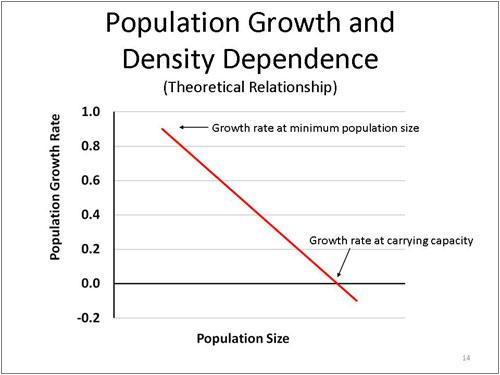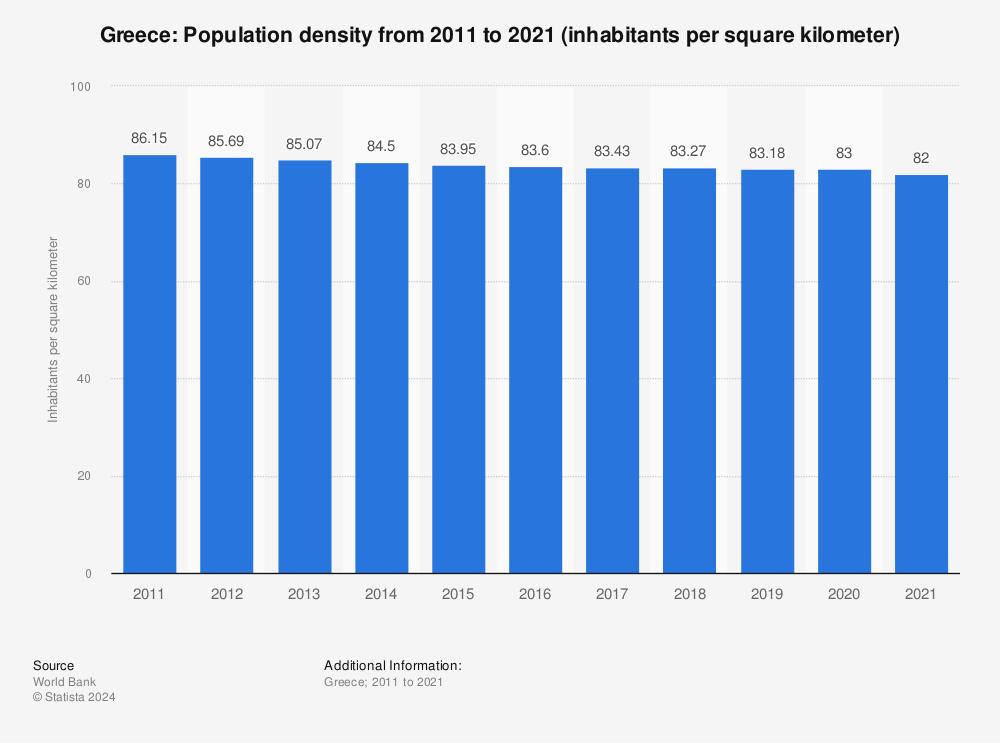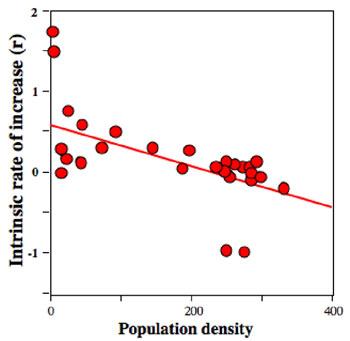The world of logistics, transport, and shipping is a complex and multifaceted realm where goods traverse vast distances to reach their final destinations. At the heart of this intricate network lies the concept of density rate, a crucial factor that determines the efficiency and cost-effectiveness of transporting freight. From bustling ports to remote warehouses, understanding the intricacies of density rate is essential for businesses looking to streamline their supply chain operations. Join us as we delve into the fascinating world of density rate logistics and explore its impact on the global movement of goods.
Understanding Density Rate in Logistics
The density rate in logistics plays a crucial role in the efficiency of transporting goods from one point to another. Understanding how density rate is calculated can help companies optimize their shipping processes and reduce costs. Density rate is determined by dividing the weight of an item by its volume, providing a measurement of how much space the item occupies in relation to its weight. This information is essential for carriers to properly allocate space in trucks, planes, or ships, ensuring maximum efficiency in transportation.
Factors such as packaging size, weight distribution, and stacking capabilities all influence density rate calculations. By analyzing these variables, companies can make informed decisions about packaging methods and shipment configurations to maximize space utilization and minimize shipping costs. By focusing on improving density rates, logistics providers can enhance their overall efficiency and ultimately provide better service to customers.

The Impact of Density Rate on Transportation Costs
High density rates have a significant impact on transportation costs in the logistics industry. When the density rate of shipments increases, it allows for more goods to be transported in a smaller space, leading to more efficient use of transportation resources. This, in turn, can result in lower per-unit shipping costs for businesses. On the other hand, low density rates can lead to wasted space and increased transportation costs due to underutilization of shipping capacity.
Furthermore, density rate plays a crucial role in determining the mode of transportation that is most cost-effective for a particular shipment. For example, high density goods may be more suitable for rail or sea transportation, while low density goods may be better suited for air transport. Understanding the relationship between density rate and transportation costs is essential for logistics companies to optimize their shipping strategies and minimize expenses. By analyzing and adjusting density rates accordingly, businesses can achieve more efficient and cost-effective transportation processes.

Strategies to Optimize Density Rate in Shipping
When it comes to optimizing density rate in shipping, there are several strategies that can be implemented to maximize efficiency and reduce costs. One effective strategy is to **consolidate shipments** whenever possible. By combining multiple smaller shipments into one larger shipment, companies can take advantage of economies of scale and reduce empty space in containers or trucks.
Another key strategy is to **rethink packaging**. Utilizing packaging materials that are compact and lightweight can help to increase the overall density of a shipment, allowing for more products to be transported in a smaller space. Additionally, companies can also **optimize route planning** to minimize empty miles and ensure that vehicles are fully utilized, further improving density rates in shipping.

Maximizing Efficiency Through Proper Density Rate Management
When it comes to maximizing efficiency in logistics, transport, and shipping, proper density rate management plays a crucial role. By understanding and properly utilizing density rates, businesses can optimize their shipping costs and maximize their overall operational efficiency. One key aspect of density rate management is accurately calculating the density of packages and shipments to ensure that they are classified correctly for shipping purposes.
Businesses can also benefit from exploring different shipping options and services that offer competitive density-based pricing. By leveraging these options, companies can save on shipping costs and improve their bottom line. Additionally, proper density rate management can help businesses minimize wasted space in shipping containers and vehicles, ultimately leading to more efficient use of resources and improved overall performance.
To Wrap It Up
In conclusion, understanding the importance of density rate in the world of logistics, transport, and shipping is crucial for businesses looking to optimize their supply chain operations. By carefully calculating and analyzing density rates, companies can make informed decisions that lead to increased efficiency, cost savings, and ultimately, customer satisfaction. So, whether you’re a small business owner shipping products across town or a multinational corporation moving goods around the globe, never underestimate the power of density rate in shaping the success of your operations. Stay informed, stay competitive, and watch your business thrive in the complex world of logistics. Thank you for reading!
